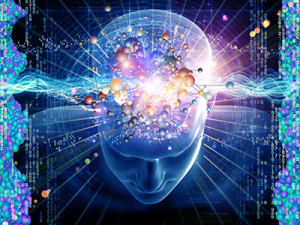31 January 2014
Scans reveal frenzied activity inside the autistic brain
by Will Parker

Neuroscientists say that the brains of autistic children generate significantly more information in a resting state, a discovery that helps explain the most typical characteristic of autism - withdrawal into one's own inner world. The researchers, from Case Western Reserve University and the University of Toronto, have published their intriguing findings in the journal Frontiers in Neuroinformatics. The new work follows on from the same researchers' prior finding that brain connections are markedly more complex in autistic children.
"Our results suggest that autistic children are not interested in social interactions because their brains generate more information at rest, which we interpret as more introspection in line with early descriptions of the disorder," said Roberto Fernandez Galan, associate professor of neurosciences at Case Western.
Galan and his co-researchers measured levels of brain activity using magnetoencephalography. These scans showed that autistic children's brains at rest generate 42 percent more information than non-autistic children.
The new work provides support for the relatively new "Intense World Theory" of autism proposed by neuroscientists Henry and Kamila Markram. Their theory describes autism as the result of hyper-functioning neural circuitry, leading to a state of over-arousal.
More generally, the new research represents an initial step in the investigation of how information generation in the brain relates to cognitive/psychological traits. The team now aims to apply a similar approach to patients with schizophrenia.
Related:
Discuss this article in our forum
Researchers mull bacterium's link to autism
IT-rich region revealed to be autism hotspot
Antidepressants in water induce autism-like gene expression in fish
Autism, Asperger's and Evolution
Source: Case Western Reserve University
